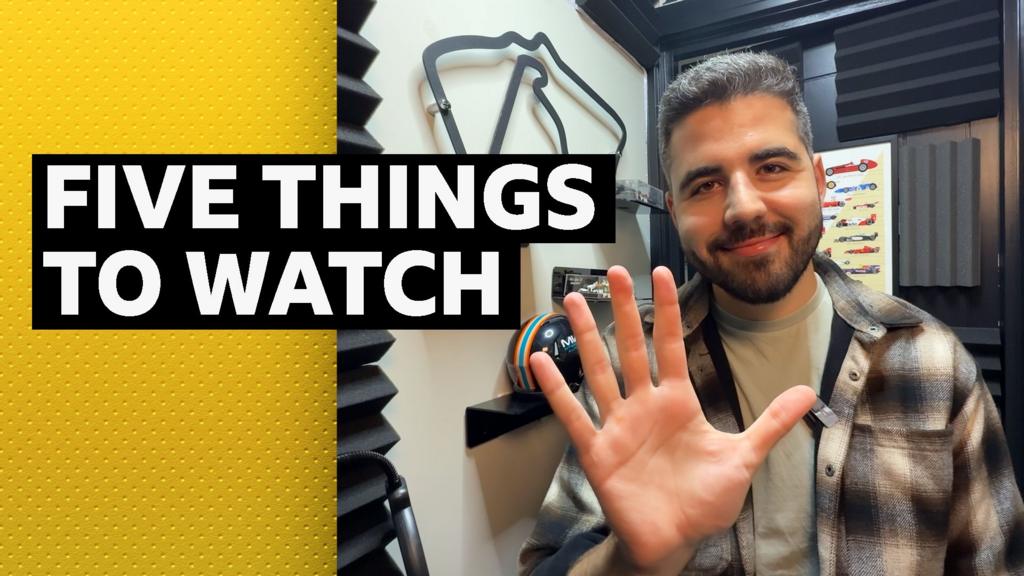How to launch a great product: advice from a Google exec

A few years ago, our team was preparing to launch a major update when we hit an unexpected snag. The accessibility team flagged that our new voice search feature—while technically impressive—was failing users with speech impairments. Marketing was eager to highlight the cutting-edge AI capabilities. Engineering was proud of the breakthrough. But for a significant portion of our community, this “innovation” was actually a step backward.
This moment crystallized something I’d been thinking about for years: product development never happens in a vacuum. Every decision we make sits at the intersection of three powerful forces I call the three P’s: People (the communities we serve), Politics (the internal dynamics and external pressures that shape our work), and Product (the manifestation of our choices, trade-offs, and values).
Great product leadership isn’t about avoiding these tensions—it’s about navigating them without losing sight of our purpose or compromising our values. The companies that do this well don’t just build better products; they build products that genuinely improve lives and change society.
P1: People—The Customer at the Center
When we talk about “users,” we often default to thinking about individual consumers. But every product decision ripples outward, affecting not just individual users but entire communities, families, and society at large.
Take something as seemingly simple as a default setting. When we design the TV home screen, we’re not just organizing apps—we’re shaping how families spend their evening hours together. Do we prioritize the latest blockbuster movies, or do we surface educational content? Do we make it easy to discover local news, or do we default to global content? These choices affect real conversations happening in real living rooms.
The rise of inclusive design has taught us that accessibility isn’t just a moral imperative—it’s a business one. When we design voice controls with speech impairments in mind, we didn’t just serve users with disabilities; we created features that helped anyone using the TV in a noisy environment or trying to search quietly while others were sleeping. Designing for the margins often leads to innovations that benefit everyone.
But where it gets tricky is balancing individual desires with collective needs. Our data might show that users spend more time on certain types of content, but does that mean we should optimize for maximum engagement, or should we consider the broader implications of what we’re promoting and how do we balance these?
The biggest risk I see among product teams is designing for internal stakeholders instead of external users. It’s easy to fall into the trap of building what impresses investors, what satisfies regulatory requirements, or what looks good in quarterly reviews. But products built for boardrooms rarely succeed in living rooms.
P2: Politics—The Power Structures Around the Work
Let’s be honest about something most product leaders don’t like to discuss: every product decision is political, in the sense that it involves navigating competing interests, conflicting priorities, and power structures both inside and outside our organizations.
Internally, we’re constantly balancing conflicting roadmaps. The business development team wants partnerships that drive revenue. The engineering team wants to optimize for performance. The design team advocates for user experience. Legal wants to minimize risk. Each perspective is valid, but they often point in different directions.
I learned this lesson early in my career when we were deciding whether to optimize for channel placement. The partnership team saw revenue opportunities. The user experience team worried about bloatware. The content team wanted to ensure quality standards. The regulatory team flagged antitrust concerns. No single stakeholder was wrong, but finding a path forward required understanding how all these perspectives intersected.
External politics add another layer of complexity. We operate in an environment of increasing regulatory scrutiny, shifting cultural expectations, and evolving privacy norms. What was acceptable product behavior five years ago may be considered invasive today. What satisfies regulators in one market may be irrelevant or counterproductive in another.
The challenge isn’t to eliminate these political pressures—that’s impossible. The challenge is to navigate them with transparency and integrity while staying true to our core mission. This means having difficult conversations about trade-offs, being clear about our decision-making criteria, and sometimes accepting that we can’t make everyone happy.
P3: Product—The Expression of Everything
Here’s the reality that many product leaders struggle to accept: your product is never neutral. Every feature you build, every default you set, every interaction you design is an expression of your values and priorities. The product is where the rubber meets the road—where all the considerations about people and politics get translated into actual user experiences.
Consider the fundamental tensions that every product grapples with: privacy versus personalization, freedom of expression versus content moderation, centralized control versus decentralized empowerment. There’s no “right” answer to these trade-offs, but there are thoughtful approaches and thoughtless ones.
When we were designing product recommendation engines, we had to wrestle with this directly. More personalization meant better recommendations but also meant collecting more data about viewing habits. How much personalization was worth how much privacy? The answer wasn’t in our analytics—it was in our values and our understanding of what our users genuinely needed from the product.
The most important product decisions are often invisible to users. What you choose to default to, what you decide to hide, what you make easy versus what you make difficult—these are ethical and strategic choices that shape behavior in profound ways. Every “minor” UX decision is actually a statement about what you think is important.
This is especially true as we integrate AI into our products. The algorithms we build don’t just process data—they shape attention, influence decisions, and ultimately affect how people spend their time and mental energy. With that power comes responsibility.
The Two Questions That Cut Through Complexity
After years of navigating these tensions, I’ve come to rely on two core questions that can cut through almost any complexity:
- “What do our customers really want?”
- “What’s the best strategy for meeting our goals in a way that is in line with our values?”
These might sound simple, but they’re deceptively powerful. The magic happens when you ask both questions together. The first question forces us to look beyond surface-level data and really understand the deeper needs and contexts of the people we serve. The second question ensures that we’re not just chasing metrics or market opportunities, but building something we can be proud of.
The 3Ps—people, politics, and product—will always be in motion, and they’ll often be in tension with each other. But the tension is where the interesting work happens. It’s where we’re forced to think more deeply, design more thoughtfully, and lead more intentionally. True product leadership means being willing to have difficult conversations, to push back on stakeholders when necessary, and to make decisions that serve long-term value over short-term convenience.
The companies that navigate the 3Ps well don’t just build successful products—they build products that make the world a little bit better. The choices we make in conference rooms and code reviews ultimately play out in living rooms and communities around the world. In a time when technology’s impact on society is under increasing scrutiny, that’s not just good business. It’s essential leadership.
What's Your Reaction?
 Like
0
Like
0
 Dislike
0
Dislike
0
 Love
0
Love
0
 Funny
0
Funny
0
 Angry
0
Angry
0
 Sad
0
Sad
0
 Wow
0
Wow
0































































































